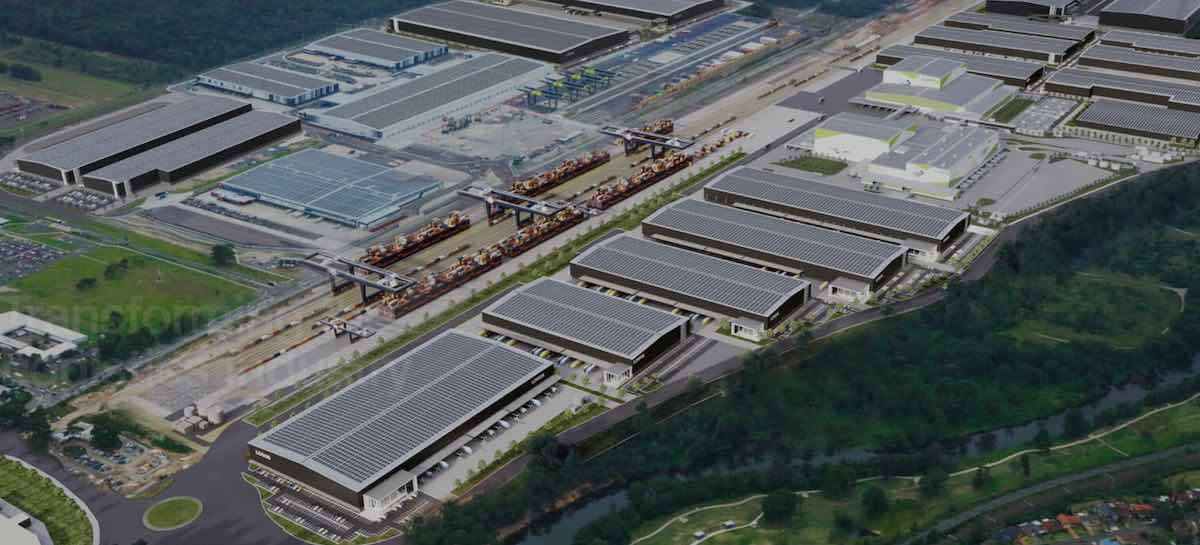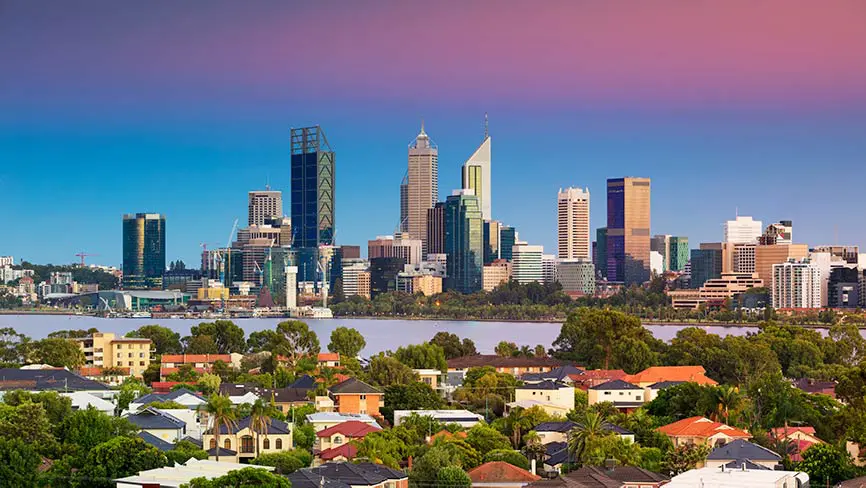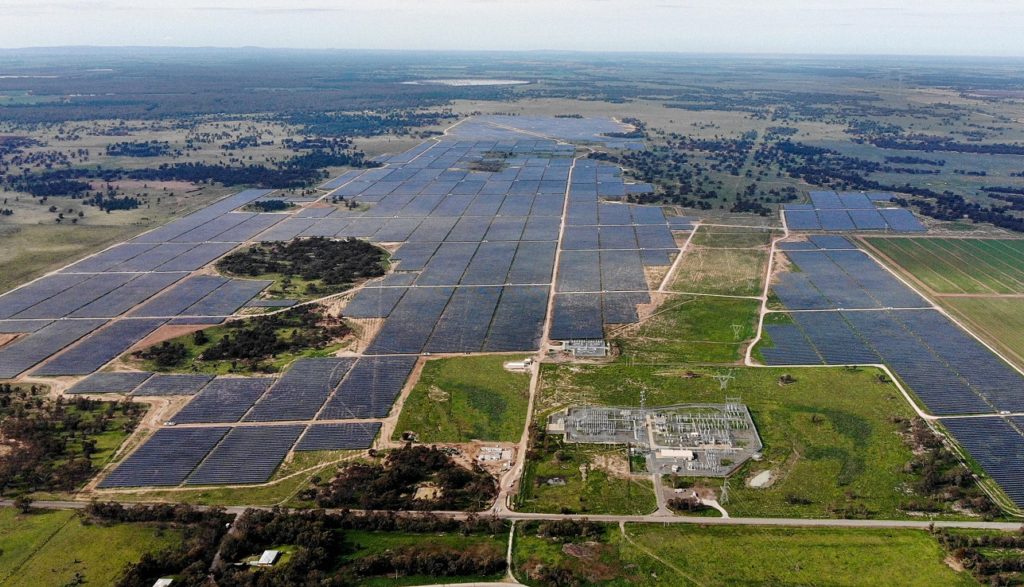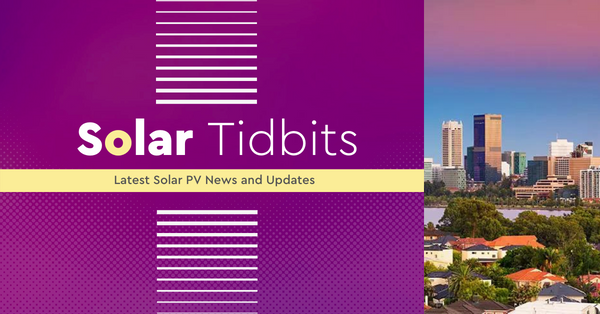In this week’s issue of Solar Tidbits: (1) Australia’s Largest Rooftop Solar Microgrid Establishes a Stunning Green Standard for the Industry (2) Rooftop Solar Meets 72% of Demand in the World’s Largest Isolated Grid (3) To Achieve Net Zero Energy by 2050, Australia will Require 1.9TW of Solar Capacity
Australia’s Largest Rooftop Solar Microgrid Establishes a Stunning Green Standard for the Industry

Photo Credit: Logos
The largest interconnected rooftop solar system in Australia, and possibly the world, is set to be built in south-western Sydney as part of an embedded network combining 60MW of solar and 150MWh of battery storage to power a 100% renewable industrial and warehousing site.
Logos, an Asia-Pacific logistics company, announced on Tuesday a 30-year partnership with Solar Bay, a renewable energy fund, to install and operate a massive solar and battery system to provide network and retail energy services to Moorebank Logistics Park tenants (MLP).
MLP, described as Australia’s largest logistics warehousing infrastructure project, was purchased for $1.67 billion last year by Logos and a consortium of partners including AustralianSuper, Ivanhoé Cambridge, TCorp (NSW Treasury Corporation), and AXA IM Alts.
More about this article: https://bit.ly/3DBScio
Rooftop Solar Meets 72% of Demand in the World’s Largest Isolated Grid

Photo Credit: Reneweconomy
The growing influence of rooftop solar on Western Australia’s grid – the world’s largest isolated grid – was demonstrated once more over the weekend, when the technology met 71% of grid demand on Saturday and then exceeded that with 72% on Sunday.
Spring is the season for renewable energy records, particularly solar because the sun is relatively bright and demand is relatively low because temperatures have not risen sufficiently to cause air conditioning units to be turned on. Weekend demand is typically lower than weekday demand.
The new records appear to have surpassed the previous benchmark, which was set exactly a year earlier on September 10, 2021, according to AEMO data, when the peak of 69 % penetration was reached.
More about this article: https://bit.ly/3dmRHhG
To Achieve Net Zero Energy by 2050, Australia will Require 1.9TW of Solar Capacity

Photo credit: Edify Energy
According to a new report titled Net Zero Australia by the universities of Melbourne, Queensland, and Princeton, Australia will require 1.9TW of solar PV to reach net zero by 2050.
The acceleration will be most noticeable in the coming decade, when solar PV installed capacity will need to reach 654GW by 2040, up from 98GW by 2030.
The 1.9TW of solar PV capacity in 2050 will be driven primarily by export opportunities, increasing electricity generation by eight to fifteen times current levels, according to the report, which also stated that “Australia has the resources to build a new clean export industry as coal and gas exports decline”.
More about this article: https://bit.ly/3dpH65m
Keep yourself in the loop! Get solar updates from us just when you need them. Follow us on our social media accounts and subscribe to our newsletter: https://linktr.ee/sunovagroup
See past solar tidbits here: https://bit.ly/SolarTidbits

